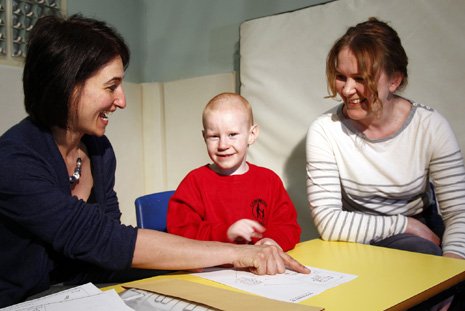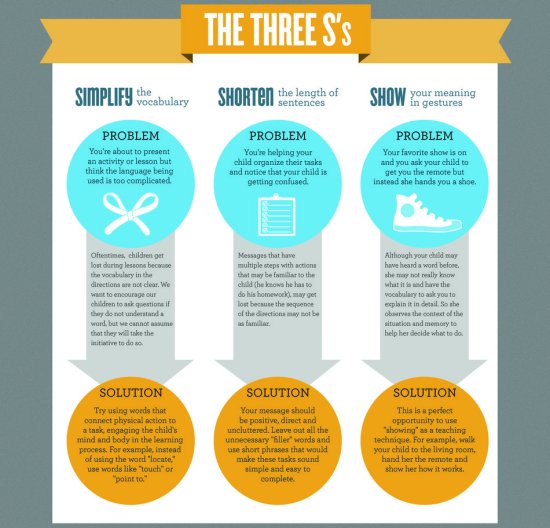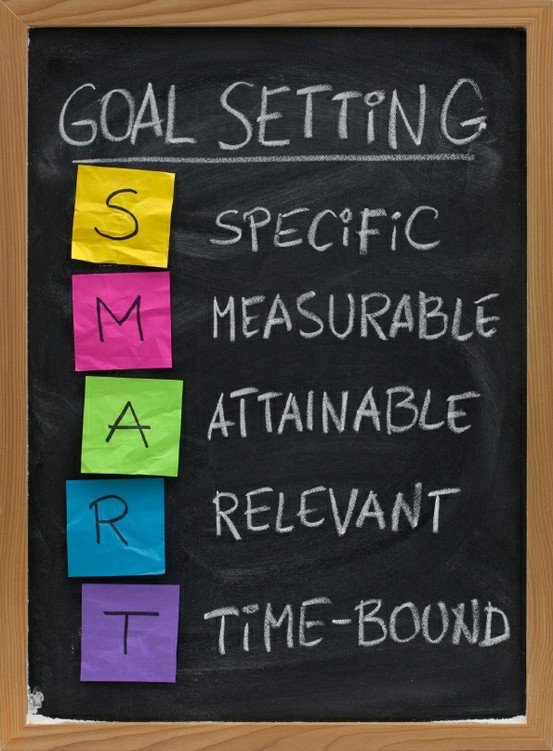5 Tips for a Winning Speech Therapy Collaboration
You know the saying it takes a village, but when it comes to special needs children, the village can make a striking difference in the effectiveness of speech therapy. Collaboration doesn’t always come easy, but once you have a handle on it, speech therapy techniques can be seamlessly integrated at home and at school so that your efforts build to a greater result. Not only should you see better results with collaborative therapy, but you will see a rapport develop between parents, teachers and the therapist that will foster communication and coordinated efforts toward the common goal of improving a child’s speech.
The benefits of speech therapy collaboration for a child are multi-fold. With everyone on the same page, working together, there will be a consistency that will encourage improved self-esteem in the child. Children love order, boundaries and structure. While the collaboration sets those parameters, it also allows for constant refinement of the speech therapy techniques and approaches based on input from all three parties – parent, teacher and therapist. This can lead to a targeted and highly effective approach to speech therapy.
This process can advise you as your establish your collaboration program. Consider these five tips for putting together a successful speech therapy collaboration:
#1 Start Slowly and Build from There
The very nature of collaboration is one of willingly coming together, so you can’t force it. The notion of collaborative speech therapy should be introduced – floated if you will – to see how the parties react. The best case is that parent, teacher and therapist all are open to the concept of collaboration and eager to participate. But you can get started with buy in from just two of the three and can build from there. Once two parties are on board, it will be much easier to introduce the third party – assuming of course that you have initial buy-in from the therapist. It will be much more challenging if teacher and parent are on-board and the therapist is the hold out, but that will likely not be the case.
#2 Set Goals
The speech therapist should develop goals and objectives that can be implemented in the classroom as well as supporting activities that can be accomplished at home. These should all be unified and working with the same end goal in mind. Goals should be developed that incorporate each curriculum area. The speech therapist can then train the teacher on the speech therapy strategies to be used. This way the child gets consistent guidance and feedback in speech therapy and at school.
#3 Specific Strategies
The speech therapist should be familiar with classroom materials and units. Borrowing textbooks and looking at lesson plans can make it easy to develop specific strategies such as word lists that target sounds to align with lessons. Beyond the textbook or lesson plan lists, supplemental lists can augment both the speech therapy goals and the child’s vocabulary development.
#4 Integrate the Parents
It’s often easier to collaborate between speech therapist and teacher because they are both accustomed to dealing with IEPs, special needs and other individualized educational needs. But parents are often busy and may get flustered if they feel they’re being pressured. The key is to include them without intimidating them. Start out with general information like the goals the therapist and teacher have established and the strategies developed to achieve them.
Encourage them to ask questions and in turn ask if they are interested in some tips to support speech therapy efforts at home. If they are receptive, provide them a little at a time so as not to overwhelm. If they are not, give it time and try again later. Offer to teach them the strategies so they are not intimidated by taking a more active role in their child’s speech therapy.
#5 Constant Contact
Once you have your speech therapy collaboration established, you have to groom it so it will thrive. Regular contact between each of the parties will keep everyone invested, motivated and on the same page. When needs change and goals evolve, communication will keep everyone moving forward together. Share phone numbers and email addresses so that it’s easy to contact each other as needed. And when contact is made, be sure to respond promptly via the channel requested. This will build trust and a cooperative atmosphere that will ensure the success of your collaborative speech therapy efforts.





